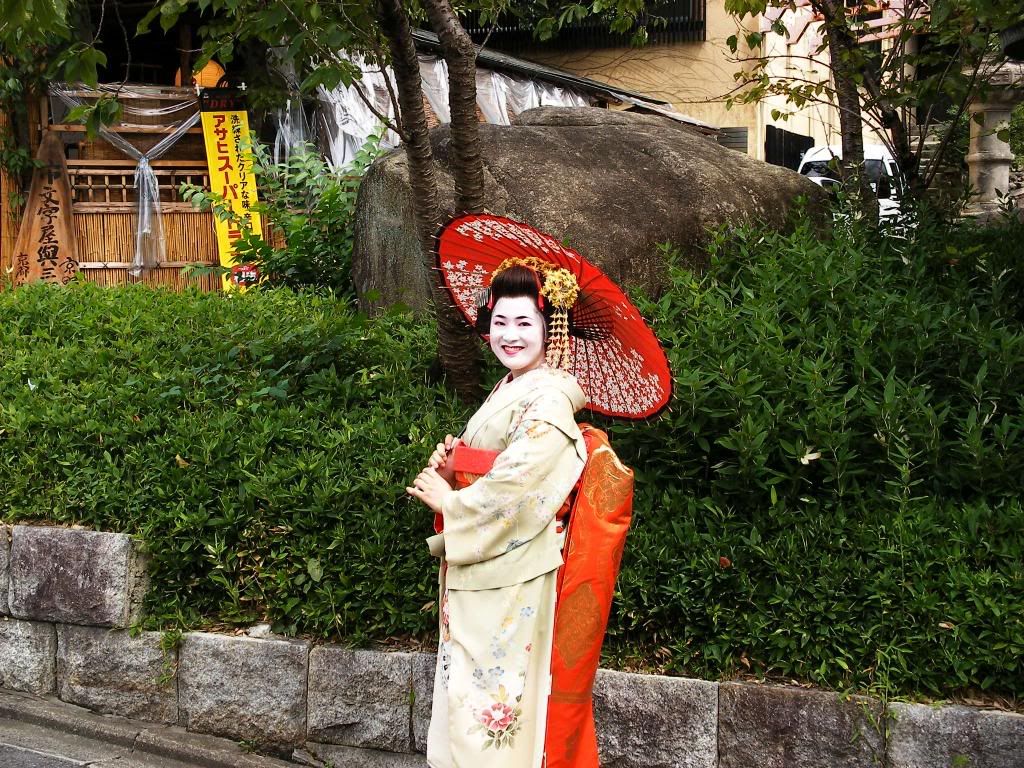
I'd really hate to think that the day I arrive back in the States and people ask me about my fantastical journey the most impressive thing I would be able to muster up would be "Well, the buses ran on time" or perhaps something involving the words "attractive" and "girls". Perhaps I left more orientalist than when I came.
It's all a bit anticlimactic. This city has been my home for eight or so months, and while I feel I've become used to being here there's no sense that I am nearer to what constitutes Hirakatashi, let alone Osaka and heaven forbid Japan in terms of people and culture than when I first arrived.
What being here has helped me to realize, however, is that people are people. Not to homogeonize, but to help distinguish and better communicate and attempt to mesh with folk of both the Japanese and foreign varieties. My impressions when I stepped foot into the country were not of geisha and samurai or wholly neo-Tokyo cyberpunk with buxom anime girls and neon signs dotting every square inch of land owned by mega-corporations, but I did brace myself for unbridgeable gaps that might never be overcome. I did find some, but I found just as much common and uncommon ground as I did when I shifted from Chicago to Florida, or from high school to college.

There are temples and shrines. Yes, you can find katanas and geisha, there are blindingly bright areas in Osaka meant to confuse you into buying Asahi Super Dry or a nice new digital camera, but these things are mostly superficial, I've found. Too many people are caught up in living their lives just as they do in the ever-ambiguous "America" to worry about being Japanese.
Even so, my experience here has been as little more than a student. If I return as something else my impressions will most likely change depending on my priorities. I feel that my journey's only halfway done, if only because I've had my share of green tea but have so far missed out on the onsens.

























